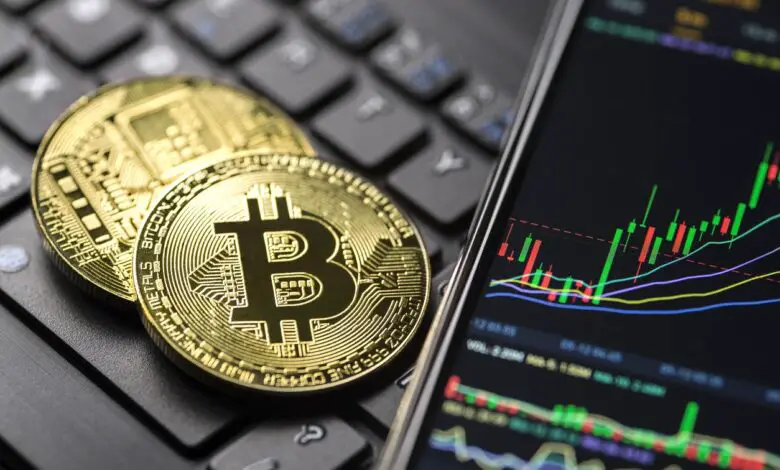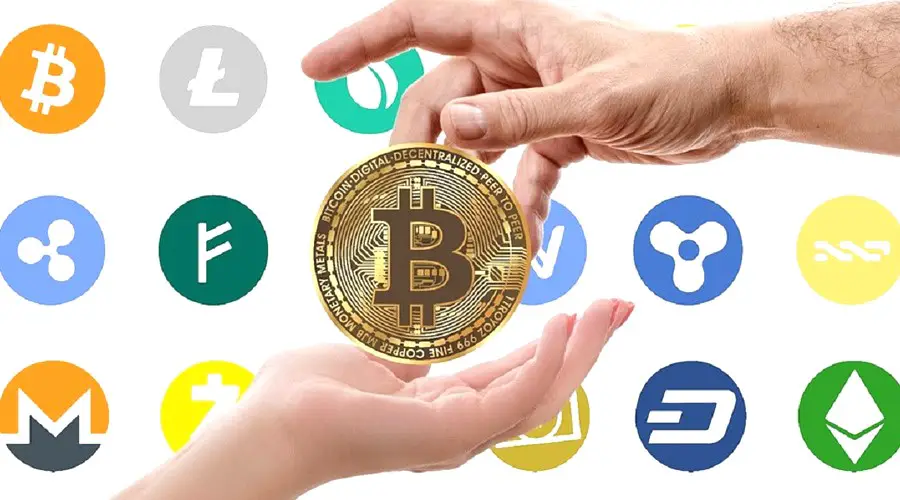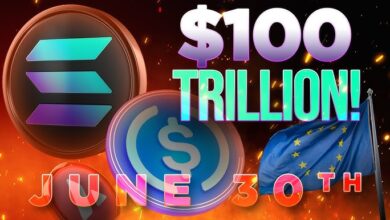Top10 Cryptocurrency: Unveiling the Best Digital Assets in 2023
Unlocking the Potential: Exploring the Top 10 Cryptocurrencies of 2023

Top 10 Cryptocurrency: In the ever-evolving world of finance and technology, cryptocurrencies have emerged as a transformative force. These digital assets have not only revolutionized the way we think about money but have also provided exciting investment opportunities for individuals and institutions alike. In this comprehensive guide, we’ll dive deep into the top 10 cryptocurrencies of 2023, shedding light on their unique features, potential for growth, and the reasons why they have captured the imagination of investors worldwide.

Bitcoin (BTC)
Bitcoin, often referred to as the king of cryptocurrencies, continues to dominate the market in 2023. Its unmatched security, decentralization, and limited supply make it a store of value like no other. As the first cryptocurrency ever created, Bitcoin’s legacy is undeniable, and its potential as a digital gold standard remains robust.
Ethereum (ETH)
Ethereum, the second-largest cryptocurrency by market capitalization, isn’t just a digital currency; it’s a smart contract platform. This distinction has allowed Ethereum to flourish as the backbone of decentralized applications (DApps) and the burgeoning world of decentralized finance (DeFi).
Binance Coin (BNB)
Binance Coin, the native cryptocurrency of the Binance exchange, has witnessed remarkable growth due to its utility within the Binance ecosystem. With the Binance Smart Chain (BSC) gaining traction, BNB has become a go-to choice for transaction fees and participating in various BSC projects.
Cardano (ADA)
Cardano, often dubbed the “Ethereum killer,” aims to provide a more sustainable and scalable platform for smart contracts and DApps. With its focus on research-driven development and robust governance, ADA has garnered significant attention.
Solana (SOL)
Solana has made waves in 2023 with its high-speed and low-cost blockchain network. Its ability to handle a vast number of transactions per second has attracted developers and investors, positioning SOL as a promising competitor in the blockchain space.
Ripple (XRP)
Ripple’s native cryptocurrency, XRP, continues to play a pivotal role in cross-border payments and remittances. Its partnerships with financial institutions worldwide have solidified its presence in the financial industry.
Polkadot (DOT)
Polkadot’s unique approach to interoperability sets it apart. This blockchain platform enables different blockchains to communicate and share information, fostering innovation in the world of decentralized technologies.
Dogecoin (DOGE)
While originally created as a meme, Dogecoin has evolved into a legitimate digital currency with a massive community following. Its appeal lies in its simplicity and accessibility, making it a favorite among retail investors.
Chainlink (LINK)
Chainlink plays a critical role in bridging the gap between smart contracts and real-world data. Its decentralized Oracle network ensures that smart contracts have access to accurate and timely information, enhancing their functionality.
Litecoin (LTC)
Litecoin, often referred to as “silver” compared to Bitcoin’s “gold,” remains a reliable cryptocurrency for both transactions and as a store of value. Its faster block generation times and lower fees make it suitable for everyday use.
Conclusion:
In conclusion, the world of cryptocurrencies is vibrant and dynamic, with each digital asset offering its unique value proposition. While the rankings and popularity of these cryptocurrencies can fluctuate, their underlying technologies and use cases continue to drive innovation in the financial sector.
FAQs:
What is the significance of Bitcoin in the cryptocurrency market?
Bitcoin, often referred to as the king of cryptocurrencies, holds a special place due to its status as the first cryptocurrency ever created. It’s considered a store of value and digital gold, offering security and decentralization.
How does Ethereum differ from Bitcoin?
Ethereum is not just a cryptocurrency; it’s a smart contract platform that enables the creation of decentralized applications (DApps). Unlike Bitcoin, Ethereum’s primary focus is on enabling programmable contracts and applications.
What is the utility of Binance Coin (BNB)?
BNB serves as the native cryptocurrency of the Binance exchange, offering discounts on transaction fees and access to various projects within the Binance Smart Chain (BSC) ecosystem.
Why is Cardano often called the “Ethereum killer”?
Cardano aims to provide a more scalable and sustainable platform for smart contracts and DApps, challenging Ethereum’s dominance in this space.
What makes Solana stand out in the cryptocurrency world?
Solana’s high-speed and low-cost blockchain network has garnered attention, making it a promising competitor in the blockchain industry.
How does Ripple’s XRP impact cross-border payments?
Ripple’s XRP plays a crucial role in facilitating fast and cost-effective cross-border payments and remittances through partnerships with financial institutions.
What is the key feature of Polkadot?
Polkadot focuses on interoperability, allowing different blockchains to communicate and share data, fostering innovation in decentralized technologies.
Is Dogecoin a legitimate cryptocurrency?
Yes, despite its origins as a meme, Dogecoin has evolved into a legitimate digital currency with a large community following. Its appeal lies in its simplicity and accessibility.
What is the role of Chainlink in the cryptocurrency ecosystem?
Chainlink’s decentralized Oracle network ensures that smart contracts have access to real-world data, enhancing their functionality and reliability.
How does Litecoin compare to Bitcoin?
Litecoin, often referred to as “silver” compared to Bitcoin’s “gold,” is known for its faster block generation times and lower transaction fees, making it suitable for everyday transactions.



